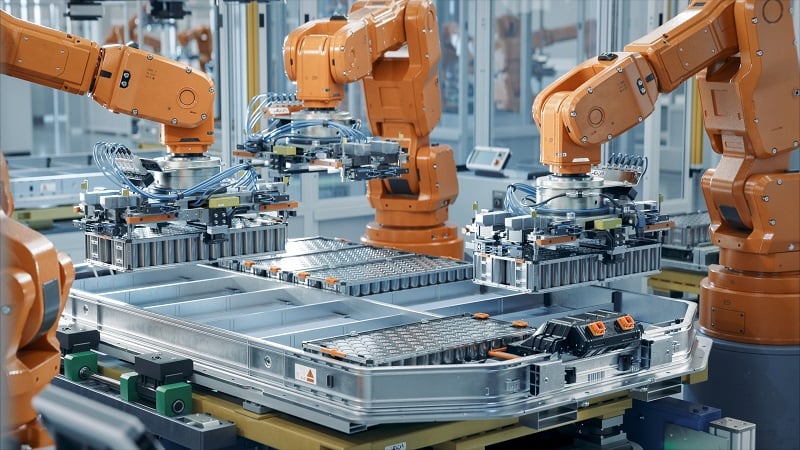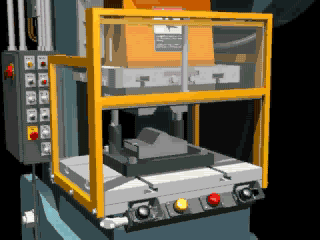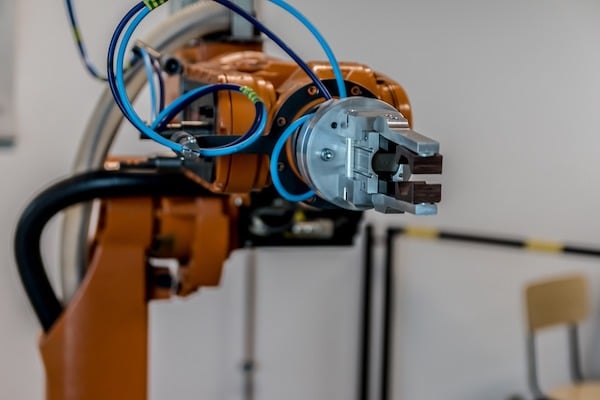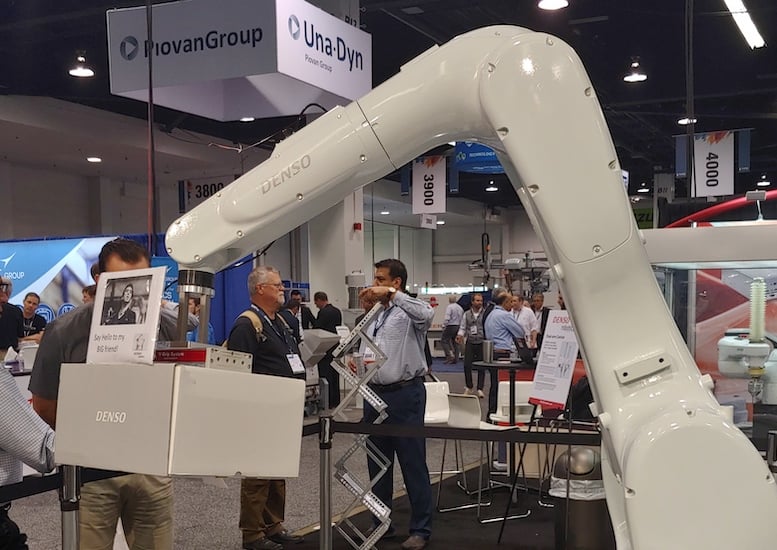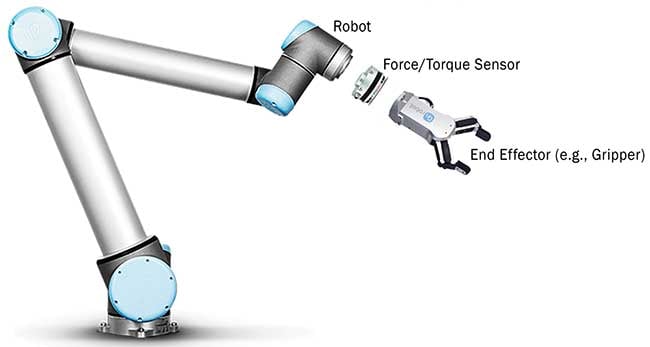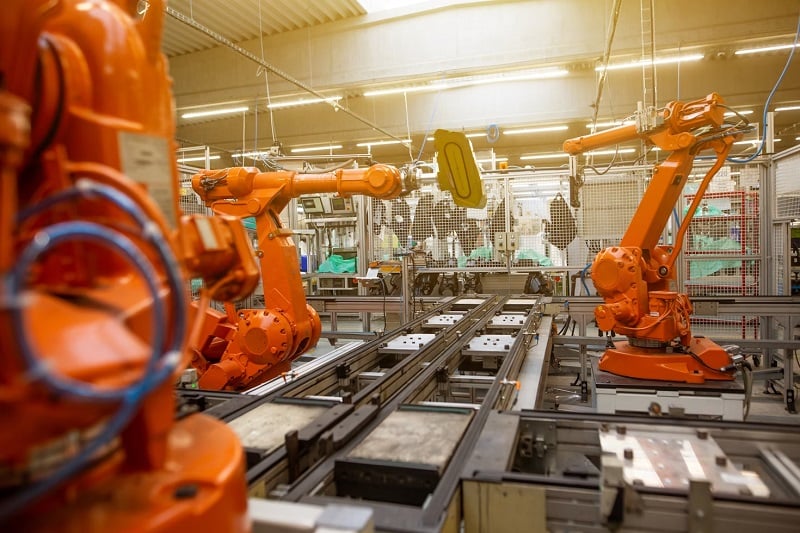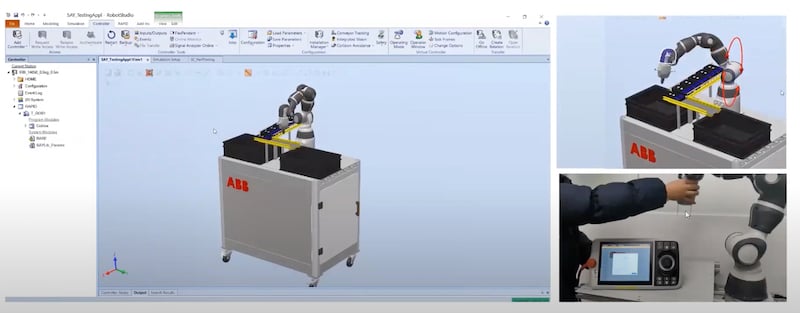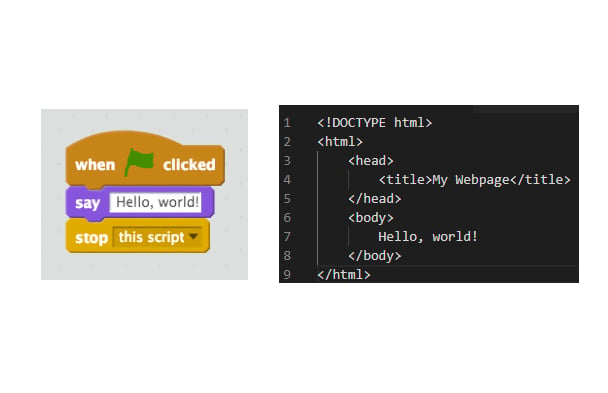Beginner’s Guide to Automation: How to Choose the Right Project
There are a lot of companies considering in-house automation or consulting with integrators for automated systems. But where do you start, and how do you even pick a project for automation? One of the most impressive things in the manufacturing world is when products are being made with little or no intervention, giving operators more … Read more

